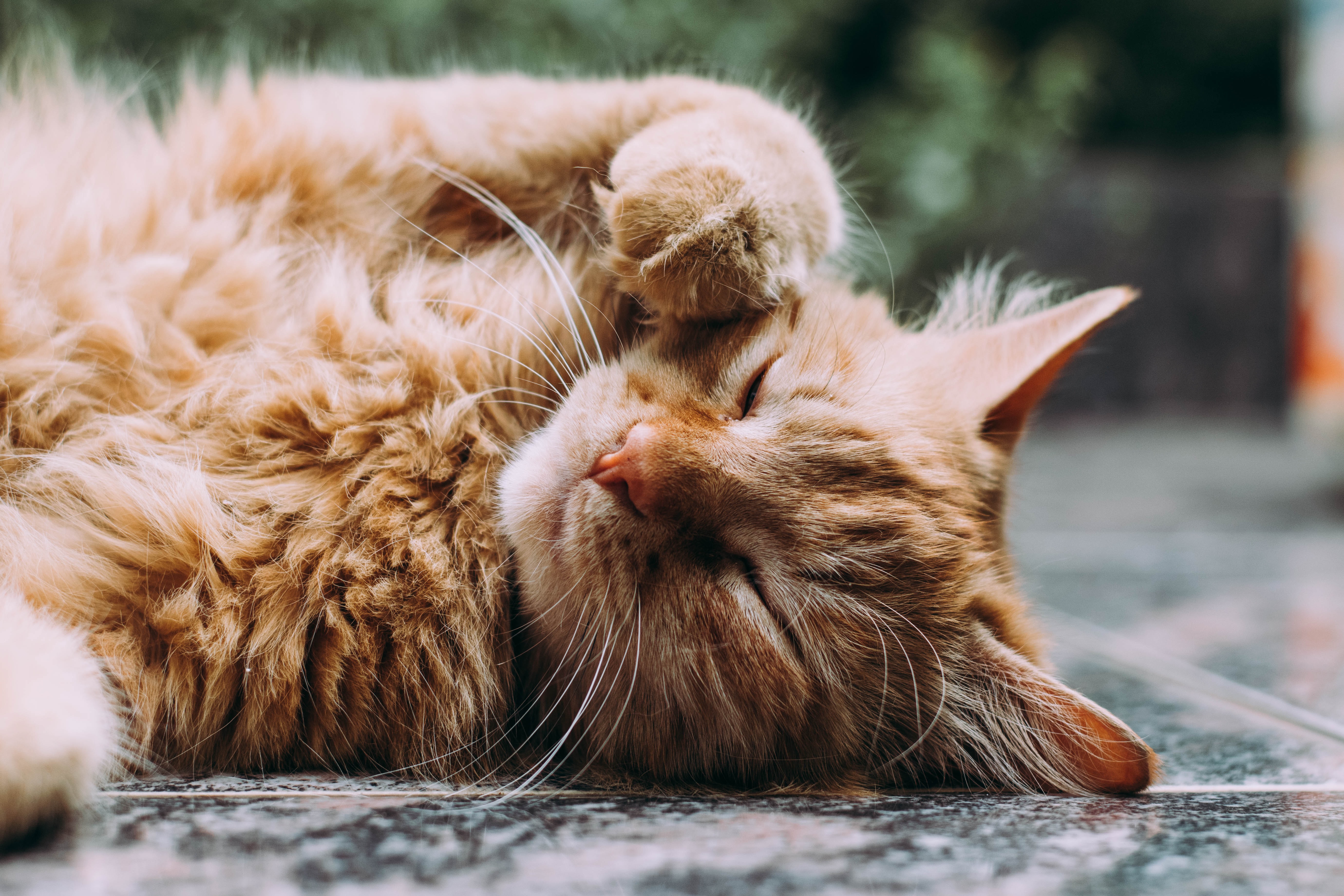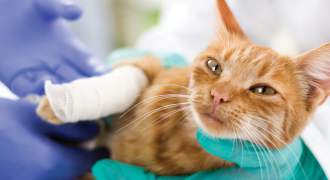
What To Do When Someone Else Is Feeding Your Cat
Here at PetDialog, we’ve noticed an increasingly common problem amongst UK cat owners: other people feeding your felines. Al...
05 January 2018
Read More
If your cat is slowing down, or having difficulty going up or down stairs or jumping up onto or down from surfaces, they may have feline arthritis. Arthritis is a common and painful condition, with nearly 40% of all cats showing clinical signs1.
If you suspect your cat has arthritis, it is important to seek advice from your veterinary surgeon. Once diagnosed, arthritis pain can be managed in the majority of cats. Although there is no cure for arthritis, there are things you can do easily at home to help your cat continue to enjoy their home and remain comfortable.
Just like in humans, cats with arthritis may find some physical movements painful. Joints commonly affected with arthritis in the cat are the elbows, hips and knees2,3. Cats will bear a lot of weight on these joints when they jump up and down onto surfaces and go up or down stairs, and so cats with arthritis can find these movements painful.
There are many things you can easily do at home to help your osteoarthritic cat access their usual spots. .
As well as modifying your home to make it more friendly for your arthritic cat, there are some additional things you can do to ensure your cat is happy and healthy. Cats with arthritis may find it difficult to groom themselves, so, if they will allow, you can gently brush or groom them daily to help prevent their fur getting matted. Bear in mind your cat’s joints may be a bit sore so go slowly at first and let them guide you on whether it is comfortable for them.
Your cat may also find it difficult to use their usual scratch post and as a result their claws can become overgrown; your veterinary practice will be able to trim your cats claws regularly so keep in touch with them to do this.
Lastly, cats with arthritis still want to hunt and play, albeit a little slower than before. Continue to play with your cat for a few minutes two to three times a day. This keeps their mind active and will fend off problem behaviours that may occur as a result of not being able to hunt freely outside.
References:
MM-14648

Here at PetDialog, we’ve noticed an increasingly common problem amongst UK cat owners: other people feeding your felines. Al...
05 January 2018
Read More
Whether you're a new cat owner or have been the proud owner to a fur baby for some time now, there's one thing that all cat owners...
05 January 2018
Read More
If you're a cat owner, pet insurance could be a great option when it comes to ensuring you can afford expensive vet fees. Unfortun...
27 July 2017
Read More